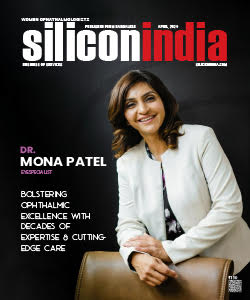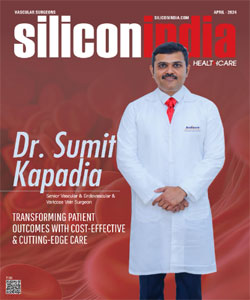Pen-Sized Microscope to Efficiently See Cancer Cells
WASHINGTON: A hand-held, miniature microscope roughly the size of a pen can allow surgeons to "see" at a cellular level in the operating room and determine where to stop cutting the tumour to kill only cancerous cells and protect healthy cells.
The new technology, developed by mechanical engineers at the University of Washington in collaboration with the Stanford University and the Barrow Neurological Institute, delivers high-quality images at faster speeds than existing devices.
Researchers, including an Indian-origin scientist, expect to begin testing it as a cancer-screening tool in clinical settings next year.
"Surgeons don't have a very good way of knowing when they are done cutting out a tumour," said senior author Jonathan Liu from University of Washington.
"Being able to zoom and see at the cellular level during the surgery would really help them to accurately differentiate between tumour and normal tissues and improve patient outcomes," Liu added in a paper published in the journal Biomedical Optics Express.
A miniature microscope with high enough resolution to detect changes at a cellular level could be used in dental or dermatological clinics to better assess which lesions or moles are normal and which ones need to be biopsied.
"The microscope technologies that have been developed over the last couple of decades are expensive and still pretty large, about the size of a hair dryer or a small dental x-ray machine," said co-author Milind Rajadhyaksha at the Memorial Sloan Kettering Cancer Centre in New York City.
The miniature microscope uses an innovative approach called "dual-axis confocal microscopy" to illuminate and more clearly see through opaque tissue.
It can capture details up to a half mm beneath the tissue surface, where some types of cancerous cells originate.
The microscope also employs a technique called line scanning to speed up the image-collection process.
Imaging speed is particularly important for a hand-held device which has to contend with motion jitter from the human using it. If the imaging rate is too slow, the images will be blurry.
The researchers hope that after testing the microscope's performance as a cancer-screening tool, it can be introduced into surgeries or other clinical procedures within the next two to four years.
Also Read:



